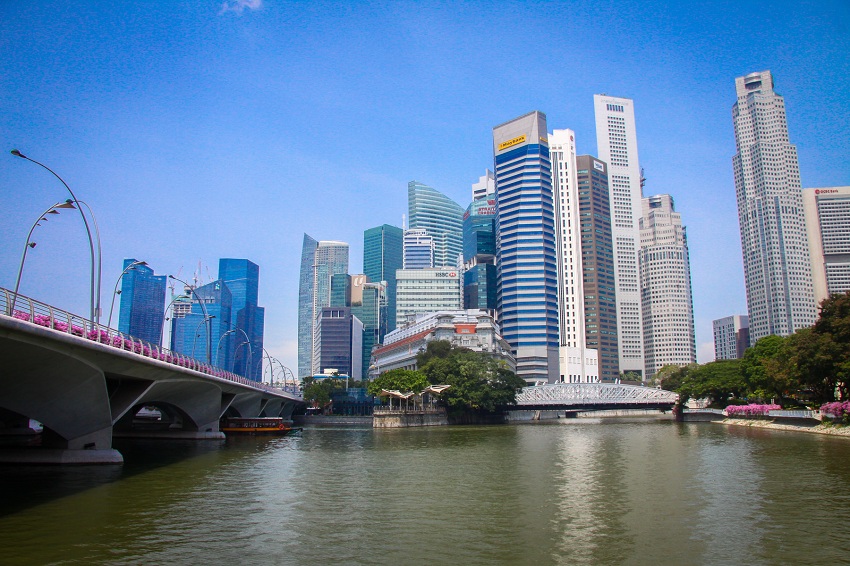The English High Court case of Shagang South-Asia (Hong Kong) Trading Co. Ltd v Daewoo Logistics [2015] EWHC 194 (Comm) (Shagang) is another illustration in a long line of cases of how the courts will determine the law of the arbitration where the parties have left it silent. However, Shagang goes one step further than previous case law with the suggestion that the express seat of arbitration is a very strong presumption that the law…
Case comment on Z v A and others (HCCT 8/2013) Introduction The place of arbitration is of pivotal…
What are the differences between the most popular international arbitration rules. You find an updated version of our…
Recent developments The China International Economic and Trade Arbitration Commission (“CIETAC”) has recently published its new arbitration rules (the “2015 Rules”) bringing China’s arbitration regime closer to international practices. The 2015 Rules amend CIETAC’s current rules implemented on May 1, 2012 (the “2012 Rules”) and came into effect on January 1, 2015. The changes in the 2015 Rules are substantial. Among other things, they provide for complex arbitrations including multi-party and multi-contract arbitrations – single…
(just ask Hong Kong and London) New rules and model clauses released by the Hong Kong and London…
One step closer to national harmonisation On 14 March 2013, the Commercial Arbitration Act 2013 (Act) was passed…
The High Court of Australia dismissed a challenge to the constitutional validity of the International Arbitration Act 1974 (Cth) (Act) and declared the Act valid: TCL Air Conditioner (Zhongshan) Co Ltd v The Judges of the Federal Court of Australia & Anor.Facts The case concerned an agreement between a Chinese company, TCL Air Conditioner (Zhongshan) Co Ltd (TCL), and an Australian company based in Victoria, Castel Electronics Pty Ltd (Castel), for the supply of air…
In Coal & Oil Co LLC v GHCL Ltd [2015] SGHC 65, the Singapore High Court held that…
International arbitration rules are compared in this Chart of Arbitral Institutions. Arbitration rules that are analysed include ICC Rules…
In R1 International Pte Ltd v. Lonstroff AG [2014] SGHC 69, the High Court considered whether the courts could issue permanent anti-suit injunctions in aid of domestic and foreign international arbitrations. Facts This case involved a Singapore claimant (“R1 International”), and a Swiss respondent, (“Lonstroff”). R1 International sold rubber to Lonstroff in five separate orders. Each order was concluded by R1 International sending Lonstroff a signed sales contract. Lonstroff itself never signed the contracts. The…
![Shagang South-Asia (Hong Kong) Trading Co. Ltd v Daewoo Logistics [2015] EWHC 194 (Comm)](https://www.globalarbitrationnews.com/wp-content/uploads/sites/42/2017/06/Hong-Kong.jpg)

